|
Experiential learning resources for the innovative educator
One of the most common questions that I get is if I could show some real examples of project-based learning in action; examples of PBLs designed and led by students. This blog post does just that. Keep reading to take a look at project-based learning examples designed and executed either by my high school students or my own elementary kids at home. It can be a challenge to wrap one’s mind around what student-led project-based learning might look like in reality. That’s why I wrote this blog post, to show you clear and concrete examples of project-based learning experiences that were designed and led by my own students or children. One of the great benefits of project-based learning is that it offers a very specific roadmap for student-led learners to follow. You can get access to my free resource library by opting in to receive text alerts! Many of these resources are PBL related, but that's not the best part! By signing up for texts you will be sent (no more than 2 times per month) exclusive deals and opportunities that can often get lost in your inbox or go unseen on social media. Just text "eldfreebies" to (651) 390-9890. Project-based learning design includes specific PBL components such as driving questions, community experts, innovative final products, authentic learning experiences, and authentic presentations. Click on the links associated with each component for more details. The point is that each of these components is included in a PBL, so students design their PBLs around those components. Learners choose how they will gather information, the final product they will create, who they will share final products with, and so on. That is how student-led PBLs are designed. I will highlight each of those components in the project-based learning examples included in this blog post. Let’s take a look! 10 Examples of Student-Led Project-Based Learning Experiences1. Heritage About a decade ago, one of my students shared with me that she loved cooking, specifically her grandmother's recipes. Those recipes were part of her family’s story and culture. She decided to design a PBL around this idea. She organized and hosted an event where students in the school studied their heritage and culture and shared their final products at a community exhibition night. All of the students shared a family heirloom, a performance, an artifact, etc. along with info about their family culture and heritage. The student who started this experience cooked and shared samples of some of her grandmother’s recipes to showcase at the exhibition night. The cool thing about this PBL is that this student started an annual school tradition. A student or small group of students has been hosting a multicultural exhibition night every year since. Age Group: 10th grade Community Expert: Her grandmother and other family members Final Product(s): Exhibit for her heritage project and the exhibition night itself Authentic Presentation: Community exhibition night Driving Question: How can I plan and host a multicultural night that brings the community together to celebrate diverse family backgrounds and traditions? Looking for a helpful resource? Check out my heritage PBL resource. 2. Autobiography One of my favorite PBLs of all time was an autobiography that one of my seniors wrote. It was a huge undertaking but was incredibly important to her. At the time she wrote it, she was pregnant. She was scared and worried she wouldn’t be a good mom. So she decided to create something that she could pass down to her daughter, and that something was a memoir of her life that included stories about her pregnancy. I thought that was so incredibly special. Age Group: 12th grade Community Expert: A book publisher Final Product(s): A professionally written memoir of her life Authentic Presentation: She published the book online and shared it with friends and family. She also printed one copy to save and pass down to her daughter when she was old enough to read it. Driving Question: How can I write a memoir that I can share with my children? Looking for a helpful resource? Try this biographies PBL. 3. Entrepreneurship I always have a handful of entrepreneurial spirits in my classroom. It’s super fun to watch them develop and execute their own businesses, especially when they add a community or solutions-based element to the experience. I have had a lot of students develop businesses, but one that stands out amongst the rest was a skateboard company. A small group of students started a skateboard business called Abstract. They designed and built their own skateboards and printed their own t-shirts in a screen-printing shop that they built themselves on a budget. The coolest part about this business was that the students donated some of their products to kids in the area. Just a side note, I have had students develop some incredible businesses that are not this big of an undertaking or financial investment. It doesn’t have to be this elaborate to be valuable. Age Group: 11th and 12th graders Community Expert: A local tech company (donated startup money to the students), screen printers (taught the students how to screen print and build their own shop) Final Product(s): A business (business plan, website, skateboards, t-shirts) Authentic Presentation: Launch party for business and published website Driving Question: How can we develop, launch, and run a skateboard company that makes us money while making skateboarding possible and accessible to MSP kids? Looking for a helpful resource? This comprehensive, print-and-go Start a Business resource is the way to go. 4. Humane Society Supplies Drive I have two of my own kids, one of which is 9. When he was 6 (with my guidance) he started his own supplies and toy drive for the Humane Society. He has a soft spot for and an interest in animals. One day we were looking at whether he was old enough to volunteer at the Humane Society. At that time he wasn’t, but while inquiring about that, we discovered that he could help in other ways; he could organize a supplies drive and make homemade toys for their cats. So that’s what he did! He created signs and flyers and posted announcements in our neighborhood forums. He collected several bags of supplies to donate to the Humane Society. He also learned how to make cat toys and hosted a neighborhood cat toy-making party. He ended up donating over 100 cat toys to the Humane Society. You can see from this example that PBL is possible for all ages, even those that are self-directed. My son needed me at times. He was only six, so needed more guidance and assistance than my high school students would. But he was heavily involved in the decision-making from start to finish. Age Group: 1st grade Community Expert: Humane Society Final Product(s): Supplies donations and cat toys Authentic Presentation: Donating the supplies and community-made toys to the Humane Society Driving Question: How can I host a supplies drive and toy-making event for the Humane Society? 5. Pollinator Garden One of my environmental science students read an article about colony collapse disorder (disappearing bees). That one article launched her into a super cool project-based learning experience. This student connected with a professor at the U of M that had been studying colony collapse disorder for years. He agreed to have the student come to visit. During that visit, the professor explained colony collapse disorder, shared with the student the suspected culprits of the phenomenon, and gave him tips and advice on reversing the trend. That visit inspired the student to design and build his own bee garden. This garden was built on a super small plot of land behind our school. The student studied different local bees, the conditions in which they need to survive, the food they eat, the plants they pollinate, and more. The student ended up planting a variety of plants, built his own bee houses, AND modified store-bought bee houses to be safer for the bees. He even created an infographic about colony collapse disorder and displayed it in his garden. Age Group: 9th grade Community Expert: U of M colony collapse disorder research and professor Final Product(s): Bee garden Authentic Presentation: The garden itself is visible to pedestrians, which would have been a fine authentic presentation in itself, but the student went as far as creating an infographic so that passerbys understood what they were looking at. Driving Question: How can I create a bee garden to help prevent and raise awareness about colony collapse disorder? Looking for a helpful resource? Check out this ready-made resource that acts as a step-by-step guide for students wanting to design their own pollinator gardens. 6. Human Trafficking Awareness I used to host a book club with my students, and each of my students would get the opportunity to choose the book that we would read together. One of those students chose a book called “SOLD”, which is about human trafficking. The student was really moved by this book and continued to explore trafficking on her own time after we finished the book. She discovered that trafficking was happening in her own neighborhood. She and a few other girls connected with a local shelter for trafficking survivors called Breaking Free, volunteered with them, hosted a survivor speaker series, and started a clothing drive for the shelter. Age Group: 10th & 11th grade Community Expert: Breaking Free (staff and survivors) Final Product(s): Speaker series & clothing donations Authentic Presentation: The students shared their experience with Breaking Free at a school presentation night, but I would call the donations and speaker series authentic as well. The sharing experience is real and important. Driving Question: How can I volunteer, donate, and raise awareness as they relate to human trafficking? My students used my community action project tool kit to design and lead this experience. 7. Wetland Preservation A couple of years ago, my own two children were canoeing in a wetland near my parent's home, which was due to be dredged in the coming weeks. While boating around, my kids stumbled upon these massive, ugly, and slimy-looking blobs in the water. The investigation was on! My kids researched these blobs, took photos, and went into the local DNR building to chat with staff members about what they were and what they do. The blobs turned out to be freshwater bryozoan, which the DNR said are natural cleaners. By nature, they filter the water. In other words, they’re essential. My kids didn’t want them to get destroyed in the upcoming dredging event, so they went back out in the canoe and collected them with nets. They translocated several dozen bryozoans just outside of the wetland into the lake where they could be protected from dredging. Age Group: Kindergarten and 3rd Community Expert: DNR Final Product(s): Translocation event Authentic Presentation: The authenticity is in the actual movement of the organisms. The work they did and the quality of work was important. Driving Question: How can we help preserve the local wetland by translocating bryozoans, filter-feeders, into an area of the watershed that is protected from dredging? 8. Community Spaghetti Dinner My daughter went through a super long and passionate cooking phase. She baked or cooked every single day for years. One random afternoon we went to the library and in the grass was a group of kids surrounding a calf. We walked over to see what was happening. A dairy farmer was talking to the kids about dairy farming and what can be made using cow’s milk. The farmer explained how milk is used to make cheese, and my daughter's eyes lit up. She decided she wanted to make cheese. We learned how to make it, and ended up making pounds of mostly mozzarella. That would be a good restaurant name, right!? "Mostly Mozzarella"?? Anyway, we decided together that it could be fun to host a spaghetti dinner on our block using homemade cheese and pasta. So we did! My daughter and I made enough homemade cheese and pasta to feed 20 people. My daughter planned the menu, made decorations, planned fun activities for dinner party guests, and more. Of course I helped, but this experience was more or less driven by my daughter, who at the time was only 5 years old. Age Group: Kindergarten Community Expert: Dairy farmer Final Product(s): Homemade noodles and cheese Authentic Presentation: A neighborhood spaghetti dinner party Driving Question: How can I plan and host a neighborhood spaghetti dinner that serves homemade mozzarella cheese and pasta? Want to get your high school students in on this? Try my dinner party on a budget resource. 9. Algae as a Biofuel A few years ago I taught a biotechnology class at my school. The local university had a biotechnology department that offered us so many resources from expertise to materials. One of my students was especially taken by a professor in the biotech department that was conducting research on using algae as a biofuel. This professor agreed to work with my students, teaching him how to grow and harvest his own algae, and how to turn it into fuel. This became this student's senior project. The student got so into this concept. He just happened to find out that a conference specifically about algae as a biofuel was about to happen in Minneapolis. He reached out to the organization putting on the conference. They offered to give him a free ticket to the conference if he would write an article about the experience for their newsletter. I love this PBL because of how many different collaborators were involved, all of which were arranged by my student. Age Group: 12th grade Community Expert: U of M biotech researcher & conference coordinators Final Product(s): Newsletter article and biofuel from algae (grown, harvested, and extracted himself) Authentic Presentation: Submitting his newsletter article, and sharing all of his experiences and final products at senior project presentation night. Driving Question: How can I write a newsletter article to share my experiences learning about, growing, and harvesting algae as a biofuel? Looking for a comprehensive, project-based senior project experience? Check out this senior project resource. 10. Geology Trip to Hawaii If you’ve been following Experiential Learning Depot for a while, you know that I helped run and coordinate our school’s educational travel program. Many of the trips were co-planned with students using a PBL framework. For example, one of my students dreamed of getting to Hawaii. Together we planned a geology-focused trip for a handful of students to the Big Island of Hawaii. This student coordinated fundraisers to raise money for the trip. She played a major role in planning the trip details and itinerary. She learned about Hawaiian culture and planned and executed learning activities for other students to learn about the culture. She taught a seminar on Hawaiian geology to the students taking the trip, and more. This is the project-based learning example. The experience was real, authentic, and super meaningful and personalized to this student. She built a huge portfolio of skills and knowledge with just one PBL. This seems like a lot, yes, and for many of you, real travel is not an option. And that’s okay! If you look back at everything this student did for this PBL, all of it could be done hypothetically. They just don't take the trip in the end. Age Group: 11 grade Community Expert: Hawaiian residents, a local geologist, and a variety of partners for fundraising Final Product(s): A geology-focused educational trip to Hawaii (or if hypothetical, a tour guide would be one option) Authentic Presentation: Carrying out the trip is the authentic piece of this experience. The students took the money they raised and the plan that they developed and used both to take this unforgettable trip. If the trip planning piece is more likely to be hypothetical for your own students, and they created a tour guide as their final product, for example, an authentic presentation option could be submitting the tour guide for publication to a travel blogger. Driving Question: How can I raise money, plan for, and lead a geology-focused trip to the Big Island of Hawaii? Looking for educational travel resources? Check out these student travel resources. You can also take a look at this Plan a Trip Around the World PBL, which is completely hypothetical. Side note: Students that travel with the school are required to develop and lead their own PBLs that they execute on the trip. For example, one of my students journaled about her experience in Hawaii on her own blog. Another interviewed locals and told their stories in a book. Another did a photography focused PBL and created a calendar for all students that attended the trip, and the list goes on. You can see from the experiences mentioned here that anyone can do PBL! It is super personalized. PBL meets students where they are at. But how does this work? How do you get your students started on student-led PBL? Start with my free PBL mini-course. This course helps you develop a vision and get your ducks in a row. Your students can do this regardless of age, skill level, or learning environment. PBL truly is for everyone, and I hope these examples of project-based learning experiences designed by students have helped you envision PBL as a possibility in your own classroom or homeschool. Student-Led PBL Resources: Relevant Blog Posts: Let's get social!
Let's be friends! Follow Experiential Learning Depot on TPT for new resource alerts and on Pinterest & Instagram for more on experiential education. Did you know that there is an experiential learning Facebook group? Experiential Learning Community for K12 Teachers and Homeschoolers Don't forget to sign up for text alerts and get access to my free resource library! Text "eldfreebies" to (651) 390-9890! Observe. Question. Explore. Share.
0 Comments
Your comment will be posted after it is approved.
Leave a Reply. |
Blog IntentTo provide innovative educational resources for educators, parents, and students, that go beyond lecture and worksheets. AuthorSara Segar, experiential life-science educator and advisor, curriculum writer, and mother of two. Categories
All
|
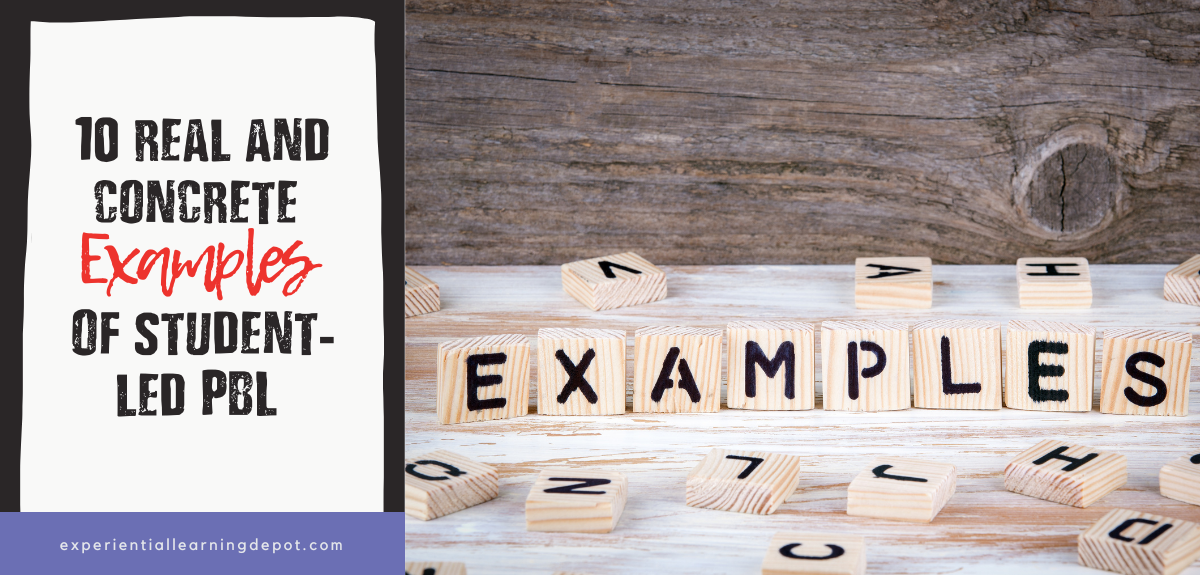
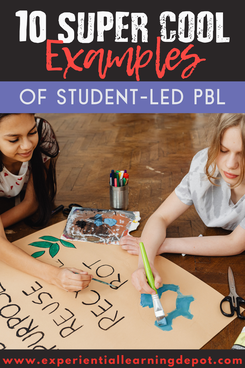
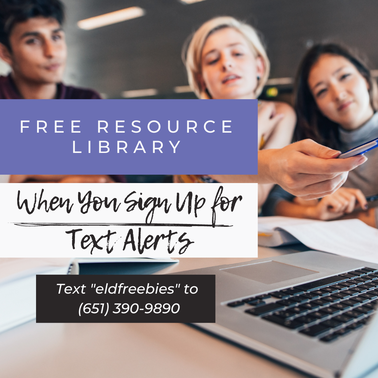
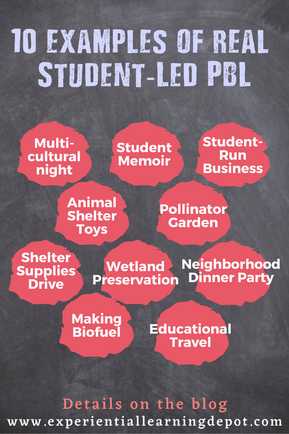
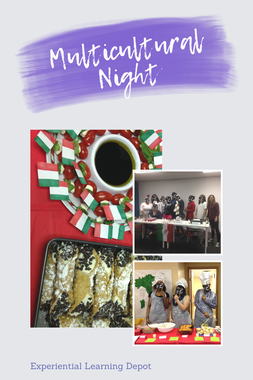
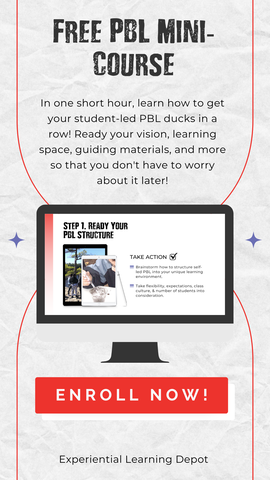
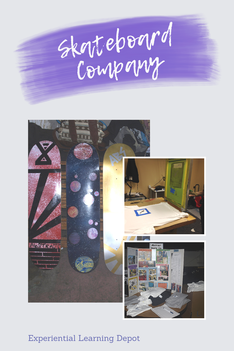
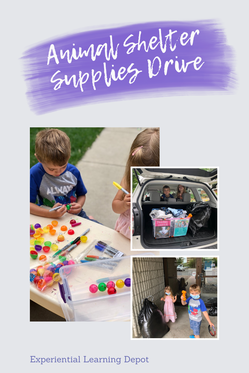
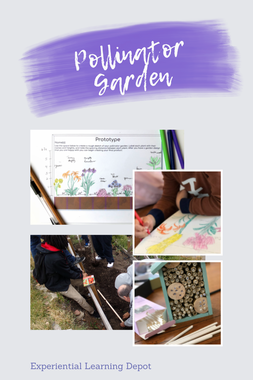
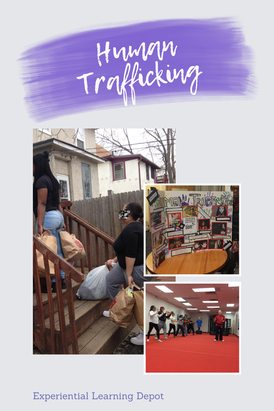
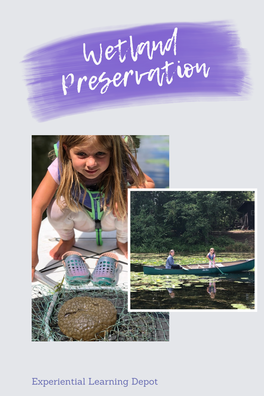
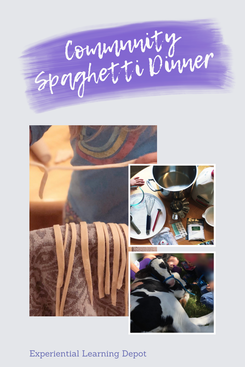
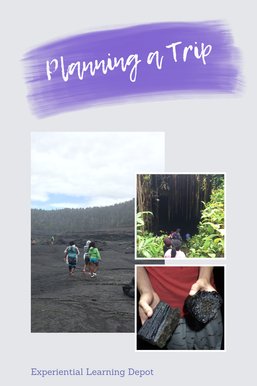
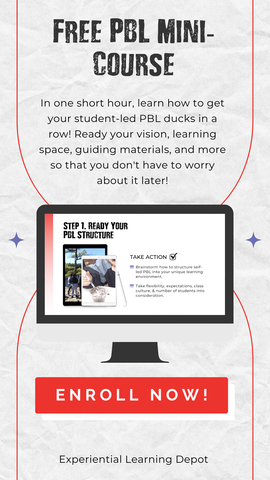
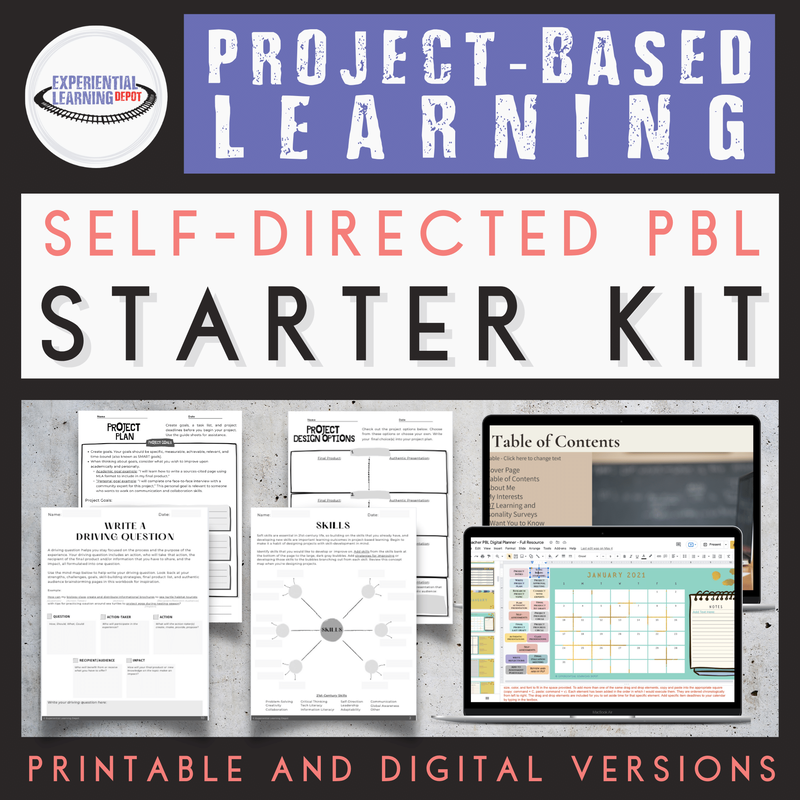
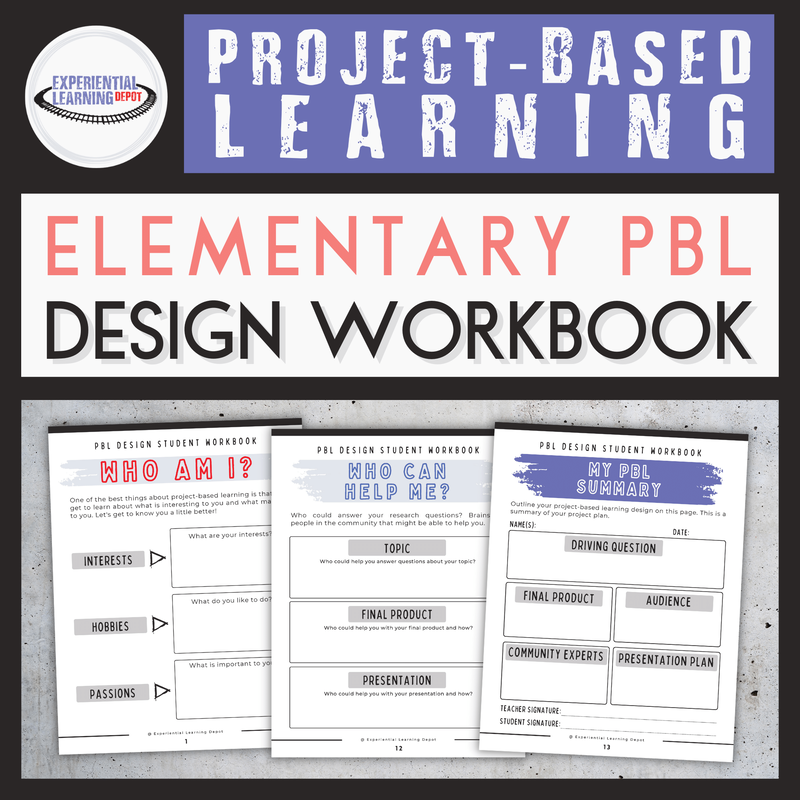
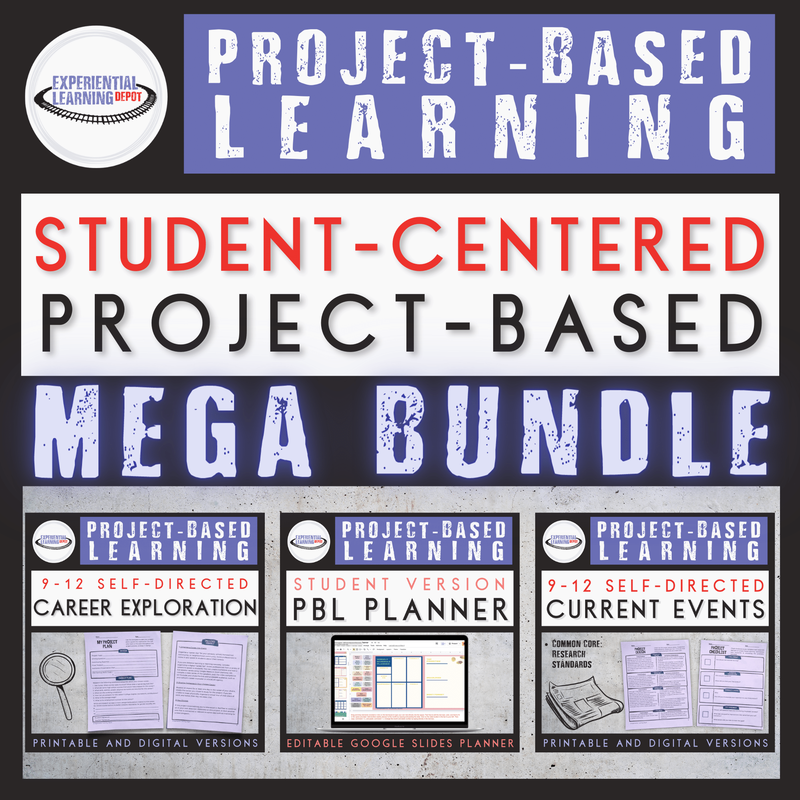
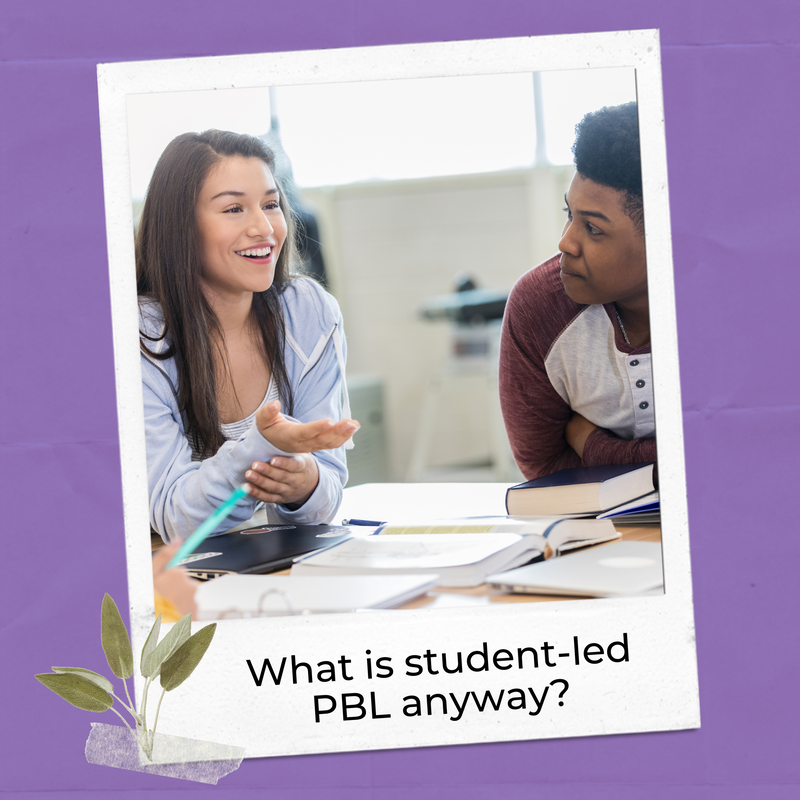
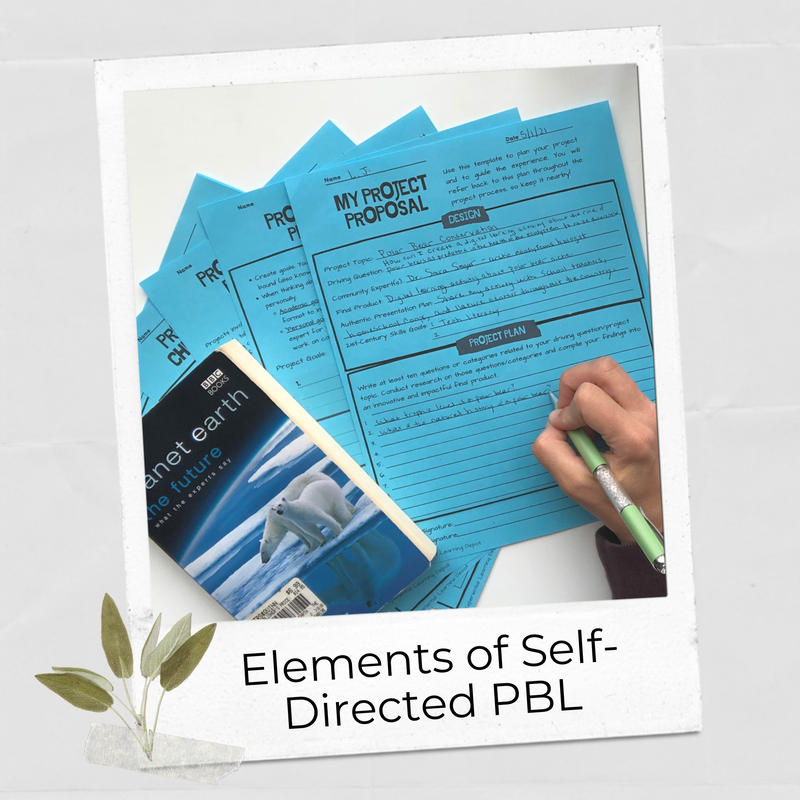
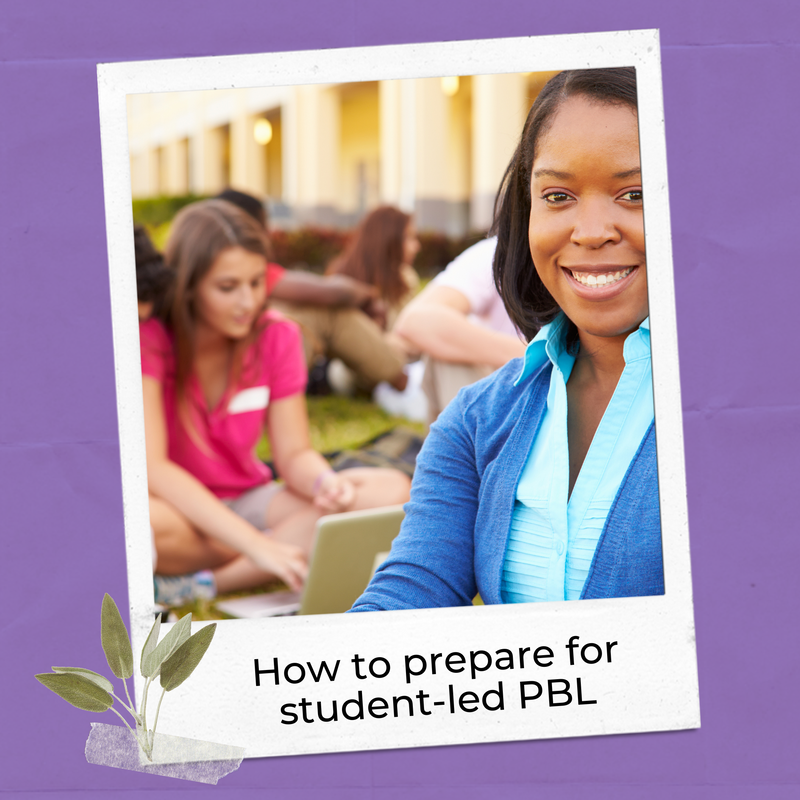
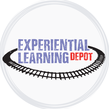
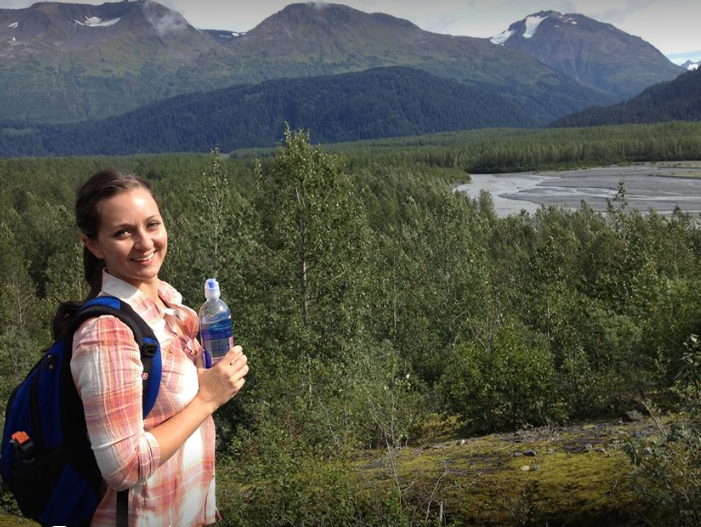
 RSS Feed
RSS Feed